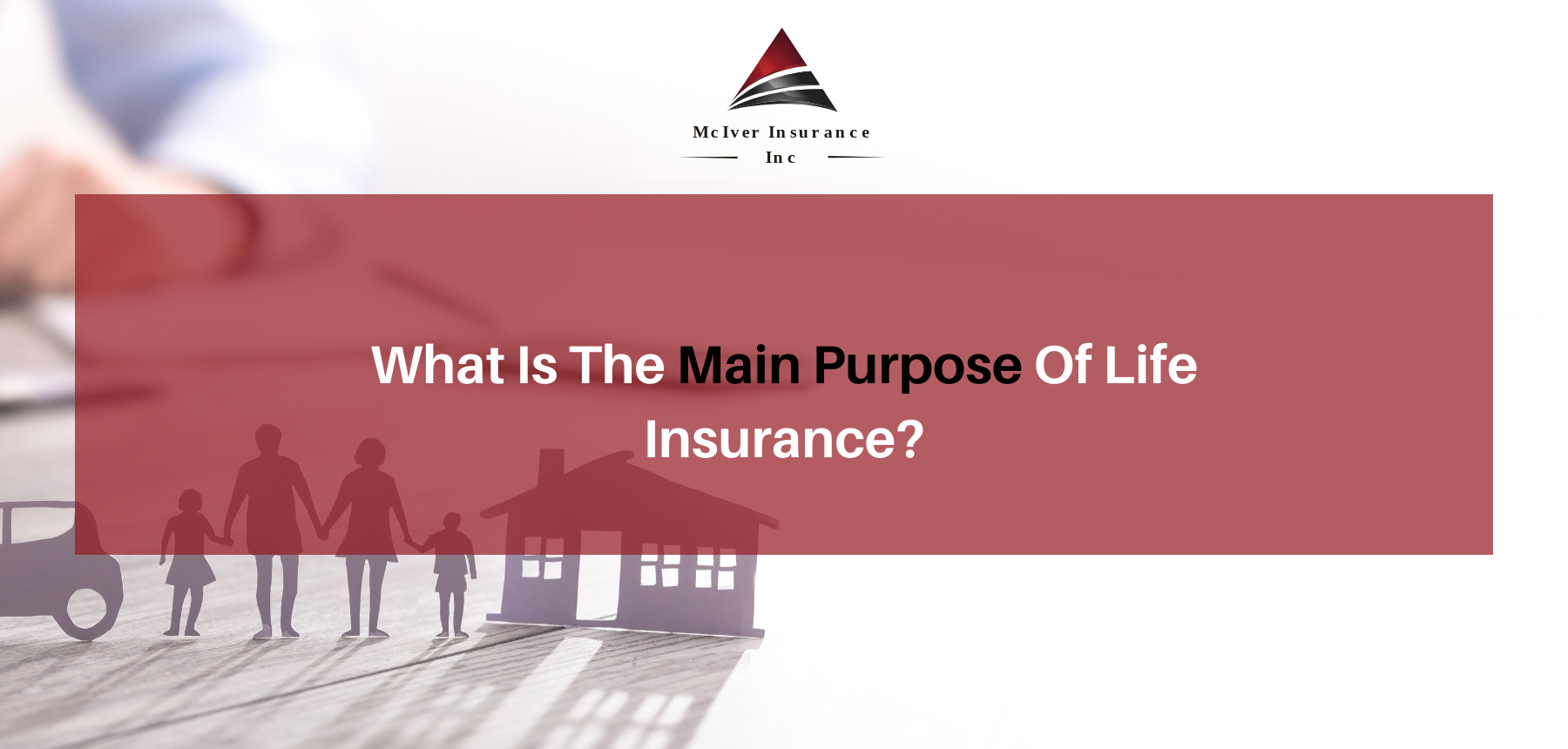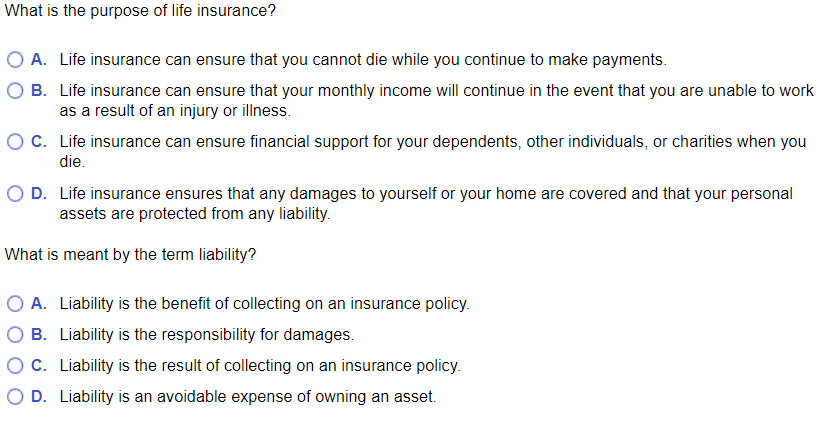How Pacific Prime can Save You Time, Stress, and Money.
Wiki Article
The 3-Minute Rule for Pacific Prime
Table of ContentsPacific Prime for BeginnersAll About Pacific PrimeThe Greatest Guide To Pacific PrimeSome Known Facts About Pacific Prime.Pacific Prime for Beginners

This is due to the fact that the data were collected for a period of strong economic performance. Of the estimated 42 million individuals who were without insurance, almost about 420,000 (regarding 1 percent) were under 65 years old, the age at which most Americans become eligible for Medicare; 32 million were adults in between ages 18 and 65, about 19 percent of all grownups in this age; and 10 million were kids under 18 years of age, concerning 13.9 percent of all kids (Mills, 2000).
These price quotes of the number of individuals uninsured are produced from the annual March Supplement to the Current Populace Survey (CPS), conducted by the Census Bureau. Unless otherwise kept in mind, nationwide estimates of individuals without medical insurance and proportions of the population with various sort of coverage are based on the CPS, the most commonly made use of resource of quotes of insurance policy coverage and uninsurance prices.
All About Pacific Prime

Still, the CPS is especially useful because it creates annual estimates reasonably promptly, reporting the previous year's insurance policy protection estimates each September, and because it is the basis for a regular set of estimates for more than twenty years, permitting analysis of fads in coverage over time. For these reasons, as well as the substantial use of the CPS in other research studies of insurance protection that exist in this record, we depend on CPS estimates, with constraints kept in mind.

The price quote of the number of without insurance individuals broadens when a population's insurance condition is tracked for numerous years. Over a three-year period beginning early in 1993, 72 million individuals, 29 percent of the U.S. https://visual.ly/users/pacificpr1me/portfolio. populace, lacked coverage for at the very least one month. Within a solitary year (1994 ), 53 million people experienced at least a month without coverage (Bennefield, 1998a)
6 out of every ten uninsured grownups are themselves used. Although functioning does enhance the possibility that a person and one's household members will certainly have insurance, it is not a warranty. Also members of family members with 2 full-time breadwinner have nearly a one-in-ten possibility of being uninsured (9.1 percent uninsured rate) (Hoffman and Pohl, 2000).
Pacific Prime - Truths
New immigrants account for a considerable percentage of people without medical insurance. One analysis has actually attributed a substantial portion of the recent development in the dimension of the U.S. uninsured population to immigrants who showed up in the country between 1994 and 1998 (Camarota and Edwards, 2000). Current immigrants (those that involved the USA within the past 4 years) do have a high price of being without insurance (46 percent), but they and their children make up just 6 percent of those without insurance nationally (Holahan et al., 2001).The connection between health and wellness insurance policy and accessibility to care is well developed, as recorded later on in this phase. The connection between health insurance coverage and health outcomes is neither straight nor easy, a substantial scientific and health and wellness solutions research literary works web links health insurance policy protection to enhanced access to care, far better top quality, and enhanced personal and population wellness standing.
Levels of evaluation for taking a look at the impacts of uninsurance. It focuses specifically on those without any health insurance coverage for any length of time.
How Pacific Prime can Save You Time, Stress, and Money.
The issues encountered by the underinsured remain in some respects comparable to those faced by the without insurance, although they are usually less severe. international travel insurance. Uninsurance and underinsurance, nonetheless, involve definitely various policy concerns, and the techniques for resolving them may differ. Throughout this study and the 5 records to follow, the primary focus gets on individuals with no medical insurance and thus no support in spending for wellness treatment past what is available with charity and safeguard institutions
Medical insurance is an effective aspect affecting invoice of treatment since both patients and medical professionals react to the out-of-pocket price of solutions - https://www.mixcloud.com/pacificpr1me/. Medical insurance, nonetheless, is neither necessary neither enough to gain access to clinical solutions. The independent and direct impact of health and wellness insurance policy protection on anchor accessibility to wellness solutions is well established.
Others will acquire the health treatment they need also without medical insurance, by paying for it expense or seeking it from suppliers that offer treatment cost-free or at very subsidized rates. For still others, wellness insurance alone does not make certain receipt of care as a result of other nonfinancial obstacles, such as a lack of wellness care carriers in their neighborhood, limited access to transport, illiteracy, or linguistic and social differences.
Pacific Prime - Truths
Formal research study concerning uninsured populations in the United States dates to the late 1920s and early 1930s when the Board on the Price of Medical Care produced a collection of reports about funding medical professional office visits and hospital stays. This problem became prominent as the numbers of clinically indigent climbed throughout the Great Depression.Report this wiki page